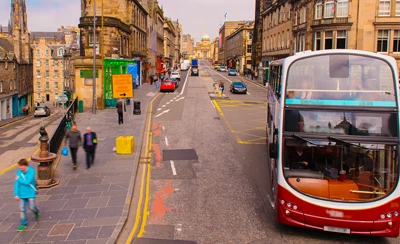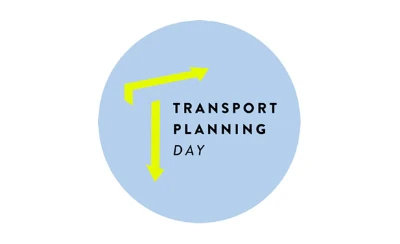-
Events
See all events here
-
Jobs
See all the current vacancies.
-
Membership
Open to all those studying or working in transport planning, or related fields, on a professional basis.

3 Feb 2017
While accepting that the SRN evidently has a role to play in supporting economic growth, TPS considered that the Economic Growth Plan as it stands has limitations, and is not soundly based.
In particular, The Society was concerned that :
- While there is a coincidence between locations of key economic activity and parts of the SRN, the contribution of the SRN is not yet clear. Many other (probably more significant) factors are at play and many parts of the SRN do not appear to be contributing to key economic activity. More research by economic sector is needed.
- More consideration needs to be given to the roles of other modes in providing access to the Economic Opportunity Areas (EOA’s) identified. Enhanced use of non-motorised or shared modes should have less environmental impact than use of the SRN (particularly in terms of emissions, air quality and climate change) and could help to reduce demand and congestion on the SRN itself.
- Adopting User Costs as a proxy for the economic value of the network is a fallacy and they should not be used in this way as a basis for prioritizing investment.
- A network wide approach is needed so that the cumulative effects of supporting a selection of EOA’s, particularly in terms of freight movement, can be identified across the whole network.
- If further investment in the SRN results in enhanced capacity, then that capacity needs to be managed by regulation and/or pricing to prevent existing problems recurring. Emissions regulation and pricing targeted at emissions reduction are perhaps the most deliverable approaches. Proposals for doing so should be an inherent part of the Economic Growth Plan.
To read the full response, click here Road to Growth.pdf
Membership
Why join?
Find out about TPS membership
Copyright © Transport Planning Society 2026
Web design by Tribal Systems












